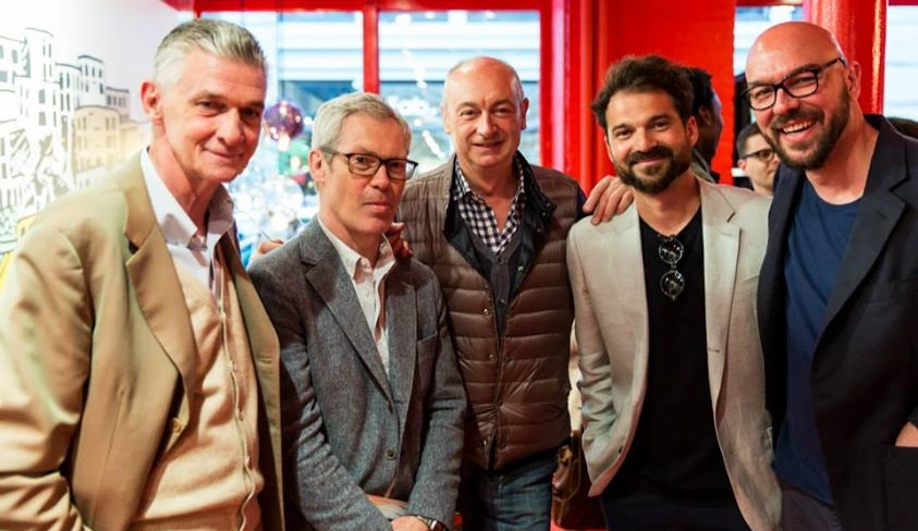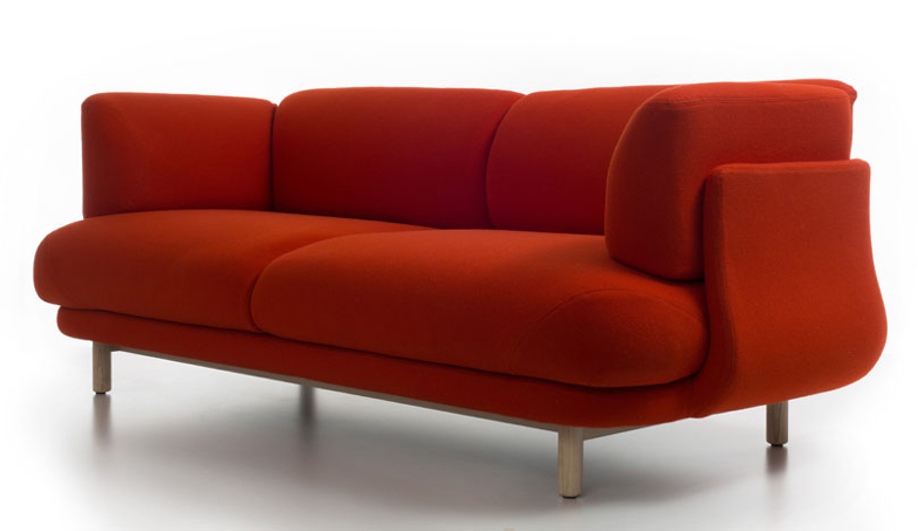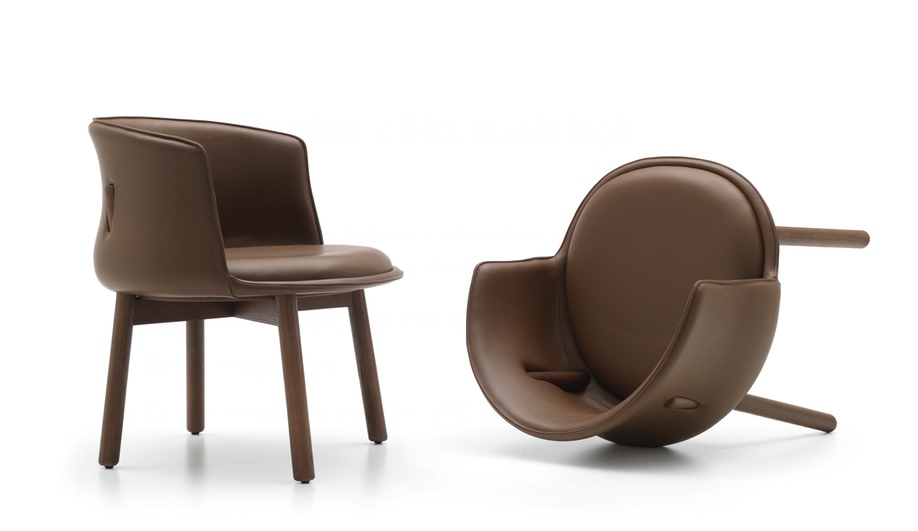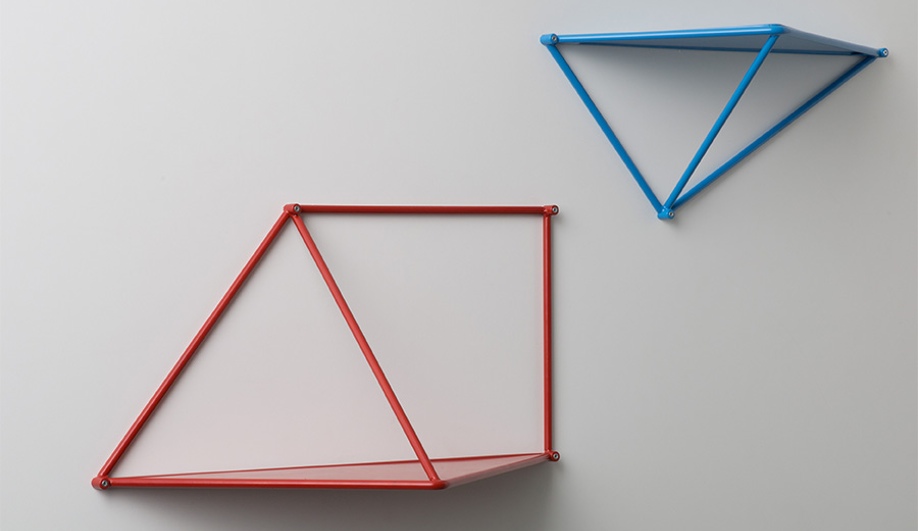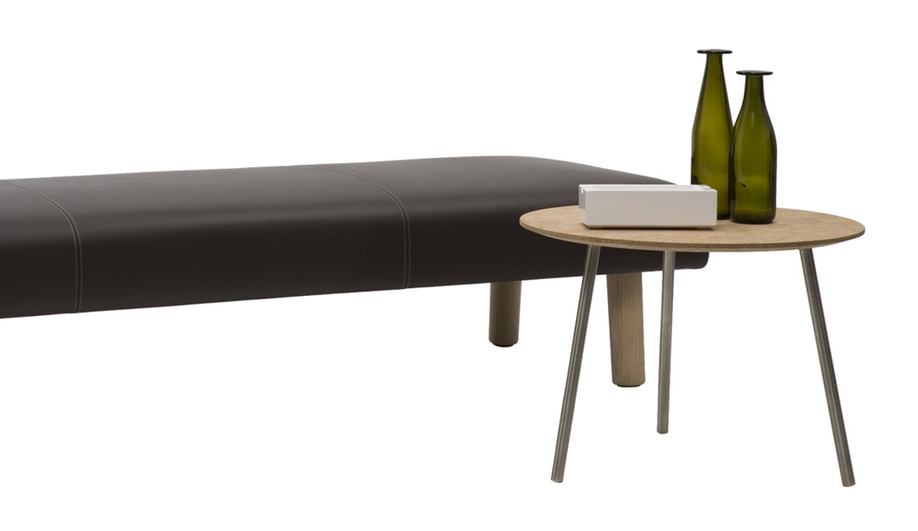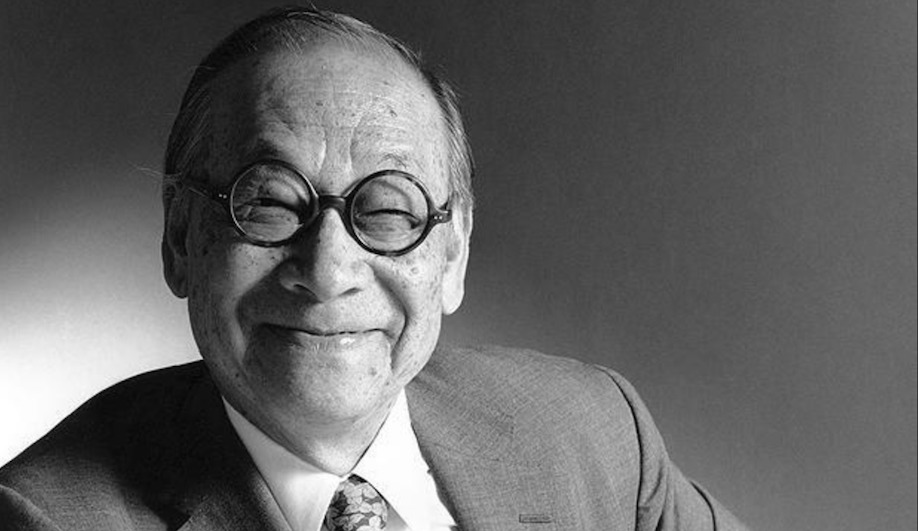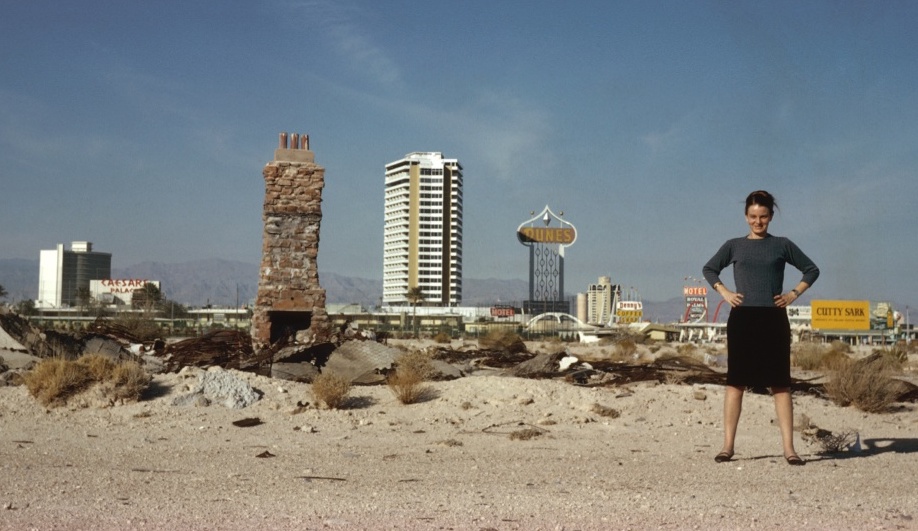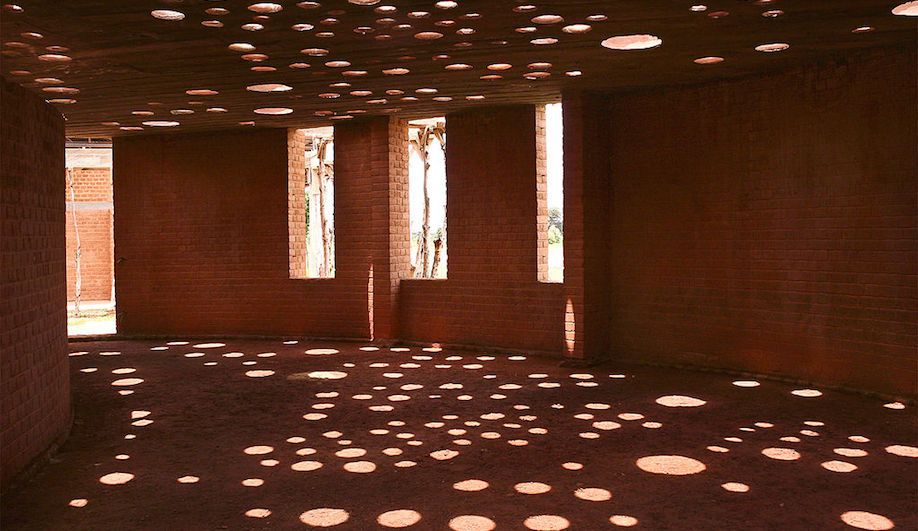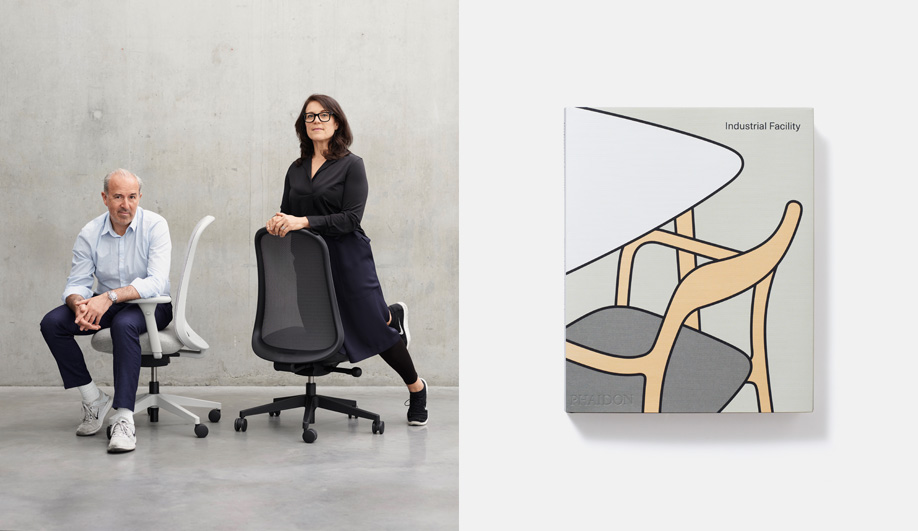The legendary talent scout opens up about Poltrona Frau Group’s new partnership with Michigan’s Haworth, how Italian design can thrive, what he learned from Gio Ponti and the most important part of a job in design.
Giulio Cappellini made an appearance at Haworth‘s Toronto showroom recently to deliver a presentation and mingle with guests. Azure caught up with him to find out more about how business has changed since Haworth acquired a majority stake in the Poltrona Frau Group – which includes the brands Cappellini and Cassina – last February. Cappellini also revealed how he remains fresh, even when traveling to the world’s biggest design shows (he was in New York just last week) and scouting new talents from around the globe. And, of course, he provides a few pieces of advice to young designers.
How has the new business relationship with Haworth affected Cappellini?
It has been a few years now there is this partnership for distribution in North America with Haworth. And I have to tell you, fortunately the Cappellini collection is quite successful because we concentrate a lot on the lounge areas and really we see that business is going absolutely well. So, I think that today for design, the contract market is becoming more and more important. I see that for Cappellini now, contract interiors represent more than 50 per cent of the projects and I’m sure that in the future it will be more.
At the moment, the residential market – mostly in Europe – they prefer to live in a more classic environment. On the other side there is a big market for design products in soft contract – hotels, restaurants, bars, lounges. This is good because the people see the products in public spaces and they become more comfortable with the design. So they can’t think anymore that a design product is something nice to be seen in a permanent collection of a museum or through the beautiful windows of design showrooms, but something that they can use every day in their home.
What does this new chapter with Haworth mean for manufacturing in Italy, where the demand has slowed down?
We’ll continue to manufacture in Italy because for us it is very important to maintain the high quality. I think that today, one of the barriers we can have against the copies is on one side to always ask, “What is new in manufacturing technologies?” and also to maintain very high quality.
All the products that are manufactured in Italy, mostly speaking of Cappellini, there is always avant-garde technology, but at the end there is always the human touch and we absolutely will maintain this. Maybe, as we determine the most successful products, maybe two or three products that will be more competitive in terms of price, to be more open in terms of delivery, maybe we can produce them here in North America for this market.
What does this mean for Italian design in North America?
The real problem for a lot of Italian companies well known for design is that they are too small. If you do beautiful products and you don’t have enough energy to promote worldwide, that’s a problem. Years ago we decided to get together with Cassina and Poltrona Frau just to be stronger in the market and invest in the promotion of our products.
The most important thing for Italian design is to survive, and we have to remember that 2014 is not 1970. Looking at the future, we cannot be too small or else we will not survive.
Last time we spoke you said, “The future of Cappellini is to be Cappellini and that means producing long-sellers, not best-sellers.” How do you find designers who are going to create furnishings that will always be in demand?
It’s not easy. When I begin to collaborate with a designer, I always say, “Look at the Cappellini collection and try to do something that will fit.” When the relationship is more established, like with Jasper Morrison, Nendo or the Bouroullec brothers, we outline projects for the next five years. To create long-sellers, it takes a long time. It can be one year or two years. At the same time we are working on the production side and we are trying to determine where the new project can fit. Can it fit in new buildings? Old buildings? Very classic ambiance? Very contemporary ambiance? Can it fit in a residential interior and contract, too? Can it fit with other products that already exist in the home or office? You can make a nice product but you have to know in the end, where is it going to go?
For sure, during the life of a product if we can improve the quality this is absolutely welcome. And of course, we work on a new palette of colours and finishes to reflect changing attitudes. Until a few years ago we were just using primary colours. Now in the office and residential spaces, people like softer colours like white and beige. So, for us it’s very important to observe what’s going on and move forward in that direction.
Cappellini continues to grow internationally, with second showrooms recently opening in Germany and Taipei and more on the way. Why is it still important to exhibit at Salone del Mobile in April?
At the beginning it was just the furniture fair. Now, companies selling cars, champagne and credit cards want to be involved in that week in some way. You have to think, in Milano, when we have the fashion week, we have between 25,000 to 30,000 visitors. When we host design week, this year we had 370,000 people. It’s the most important week, really. To be at Salone is important because we can meet with new customers coming from markets like China and Taiwan, who are in Milano just for the furniture fair.
You have said that designers cannot be contemporary if they do not work on innovation. How does Cappellini define and practice innovative design?
Today we have to take care of two things. First, we have to observe the changing habits of the consumer, who are mixing products created by different designers, produced by different companies and manufactured all over the world. Second, it’s important to constantly work with new materials and new production systems.
Sometimes we start with the material and I can speak with Jasper Morrison or Nendo and ask them to create a product using the material. It’s not that we start with the product and then decide on the material. At Salone this year, we launched two new sofas by Jasper and Nendo. They look like classic sofas, but the construction is totally new. For instance, the shells are produced with eco-injection foam, but we used polystyrene instead of polyurethane, which makes the sofas a lot lighter and easier to move.
There’s a photograph of you flanked by Piero Lissoni, Jasper Morrison, Jaime Hayon and Luca Nichetto at the Cappellini showroom in New York last week – an impromptu meeting of the ultimate design council. It’s a reminder of an old photo of Achille Castiglioni, Vico Magistretti, Marco Zanuso and Ettore Sottsass.
Many people have told me about this photo! Well, I’ve been working with Jasper for 27 years now, and I work with Piero (who I went to school with). I’ve known Jaime since the beginning of his career and I’m working with his assistant in Italy, Matteo Zorzenoni, who made a small project for Cappellini already. I’ve known Luca since the beginning of his career, even though he hasn’t designed anything for us.
I think we really have to go back to design in the 50s. At that time, there was a small group who strongly believed in design and on the other side there was a group of entrepreneurs who believed in the business of design. At another event this week, I spent time with Piero Gandini from Flos, Claudio Luti from Kartell, a manager from Cassina and someone from Alessi and it was really nice. Design is a small community. The human relationships are absolutely the most important part of the job.
You spend a lot of time living on airplanes. This year you travelled to São Paulo, Singapore, Taipei, New York and Toronto – so far. How you do stay inspired and energized?
Sometimes, I’m really tired but I love my job. I’m passionate about discovering new things. In New York, I was exhausted. Every night I had an event, I had three speeches to make, and I was a jury member for a design contest hosted during the WantedDesign exhibition. A busy week, but also interesting. I never sleep during flights. It’s an opportunity to watch a movie, to read, to write.
What advice do you have for young designers?
I always tell them, do few things and do good things. Also, look at the history of design because you have to know what was created in the past. It’s not enough to do a nice rendering. You have to use your hand and follow your project like a baby. Designers should follow the development and learn what a company can do and cannot do. It’s something I learned from Gio Ponti, when I worked in his studio as a student.

